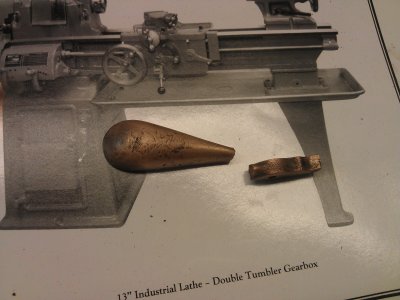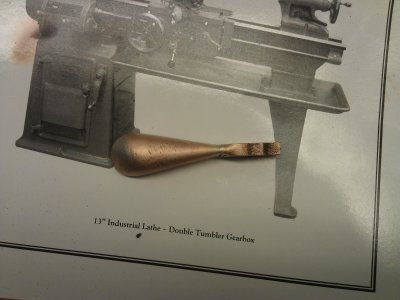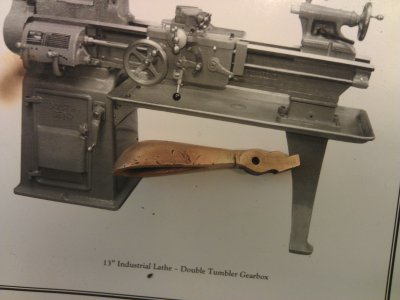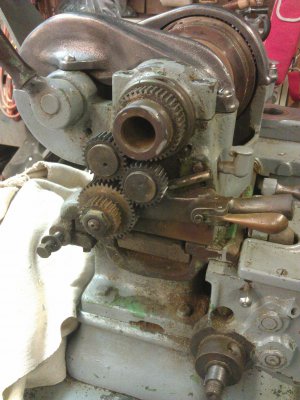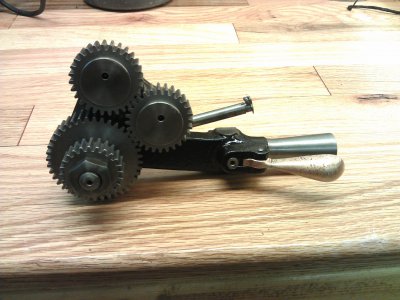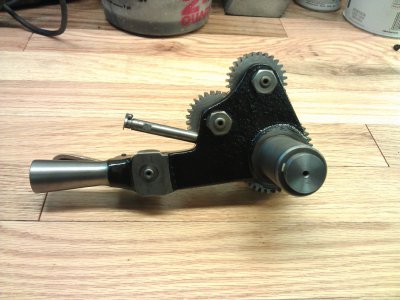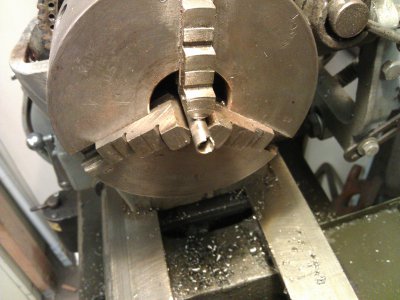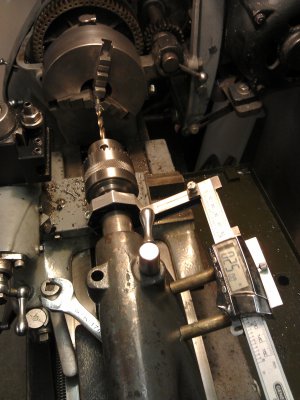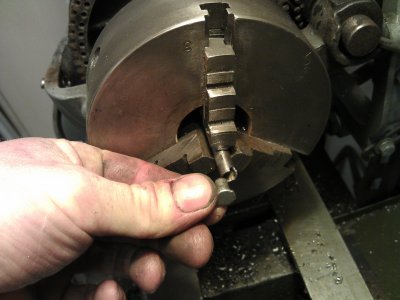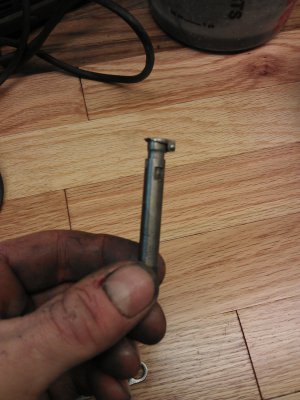Cuss cuss! How to fix.
So, catching up a bit more here. but I don't know if I will ever get caught up as I just spent 6 hours working on the lathe today....I need to give it a name I think.
After a spell in the electrolysis tank, the rear guard/reservoir on the apron (see pics.) came out looking like $100 dollars. It was all greasy and grimy before. There wasn't a drop of oil in that apron, yet everything was still moving freely. I'm impressed by that. I am also in love with South Bend's lubrication solutions. Are there any other manufacturers that put as much thought into lubrication and how to cleverly get the oil in certain spots?
Back on topic.
Pulled the part out of the electrolysis tank and turned to a buddy of mine to show him how clean it was. Swung around and said, "look at that, it was all greasy before and painted!" and it slipped off the wire I had it hanging from for the process. I was quick enough to stick my foot under it preventing it from going straight to the concrete floor, but it still did not survive completely.
Darn.
It was time to learn how to braze. And starting on a thin piece of cast iron....Oh well. I figured if I couldn't fix it, it wouldnt be the end of the world as the piece wasn't vital, but would just have been nice not to happen in the first place.
Picture time.
Before cleaning.
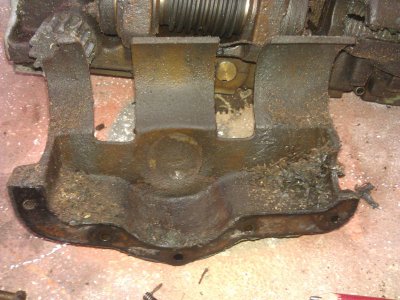
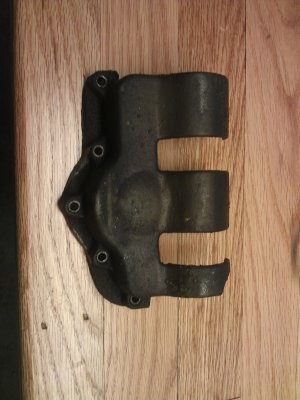
After cleaning/broken.
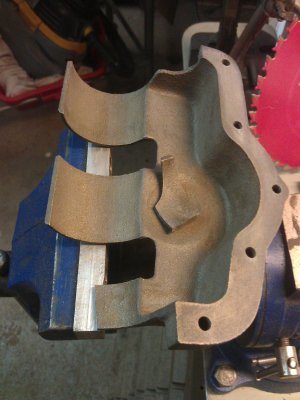
I spoke with a local welding supply place. The guy looked at me like I was crazy when I took the part in and showed him what I was trying to fix, and that I've never brazed anything before. "Get out of my way, I'm gonna show YOU how to do it" is what I said to him. Kidding. We decided that Harris Safety-silv 56 flux coated which I already had would be the best bet. Low melting point compared to a bronze rod, and fine for this part as it is low/no stress or wear.
After brazing.
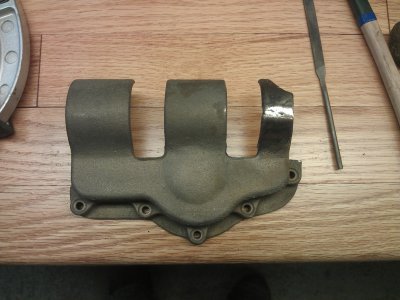
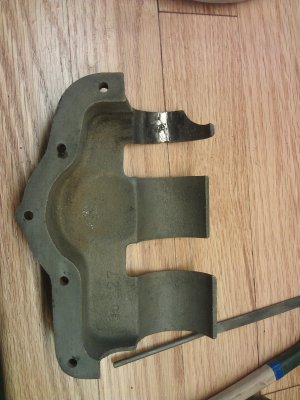
It took a few tries, but I am happy with the results. It's not the prettiest, but it will do. I am also glad to have this experience under my belt.
This project has yielded 2 brazing FIXES so far. The next one which I have not mentioned yet. And it is another part I stupidly broke. Any guesses?





So, catching up a bit more here. but I don't know if I will ever get caught up as I just spent 6 hours working on the lathe today....I need to give it a name I think.
After a spell in the electrolysis tank, the rear guard/reservoir on the apron (see pics.) came out looking like $100 dollars. It was all greasy and grimy before. There wasn't a drop of oil in that apron, yet everything was still moving freely. I'm impressed by that. I am also in love with South Bend's lubrication solutions. Are there any other manufacturers that put as much thought into lubrication and how to cleverly get the oil in certain spots?
Back on topic.
Pulled the part out of the electrolysis tank and turned to a buddy of mine to show him how clean it was. Swung around and said, "look at that, it was all greasy before and painted!" and it slipped off the wire I had it hanging from for the process. I was quick enough to stick my foot under it preventing it from going straight to the concrete floor, but it still did not survive completely.
Darn.
It was time to learn how to braze. And starting on a thin piece of cast iron....Oh well. I figured if I couldn't fix it, it wouldnt be the end of the world as the piece wasn't vital, but would just have been nice not to happen in the first place.
Picture time.
Before cleaning.


After cleaning/broken.

I spoke with a local welding supply place. The guy looked at me like I was crazy when I took the part in and showed him what I was trying to fix, and that I've never brazed anything before. "Get out of my way, I'm gonna show YOU how to do it" is what I said to him. Kidding. We decided that Harris Safety-silv 56 flux coated which I already had would be the best bet. Low melting point compared to a bronze rod, and fine for this part as it is low/no stress or wear.
After brazing.


It took a few tries, but I am happy with the results. It's not the prettiest, but it will do. I am also glad to have this experience under my belt.
This project has yielded 2 brazing FIXES so far. The next one which I have not mentioned yet. And it is another part I stupidly broke. Any guesses?





Last edited:


